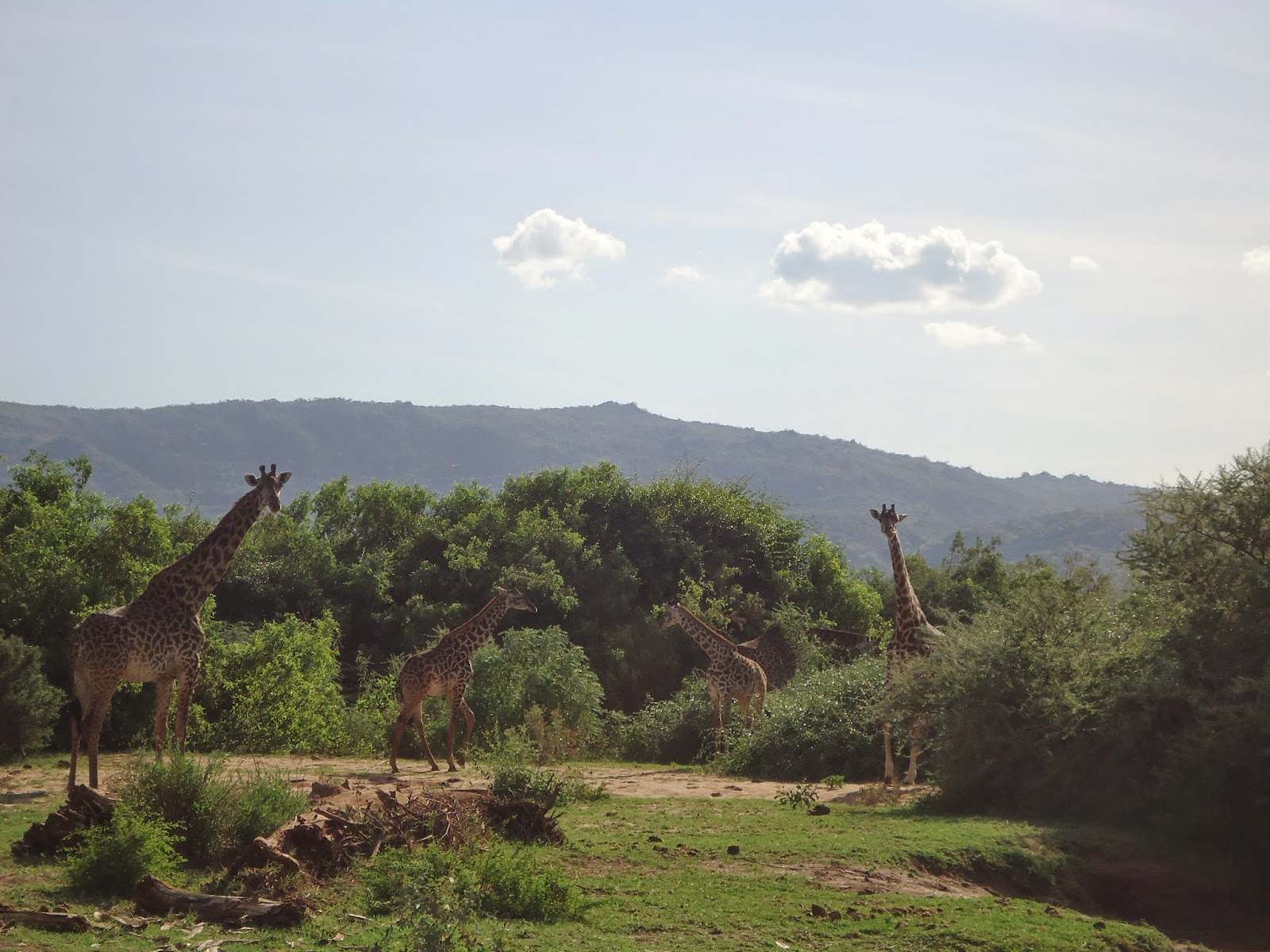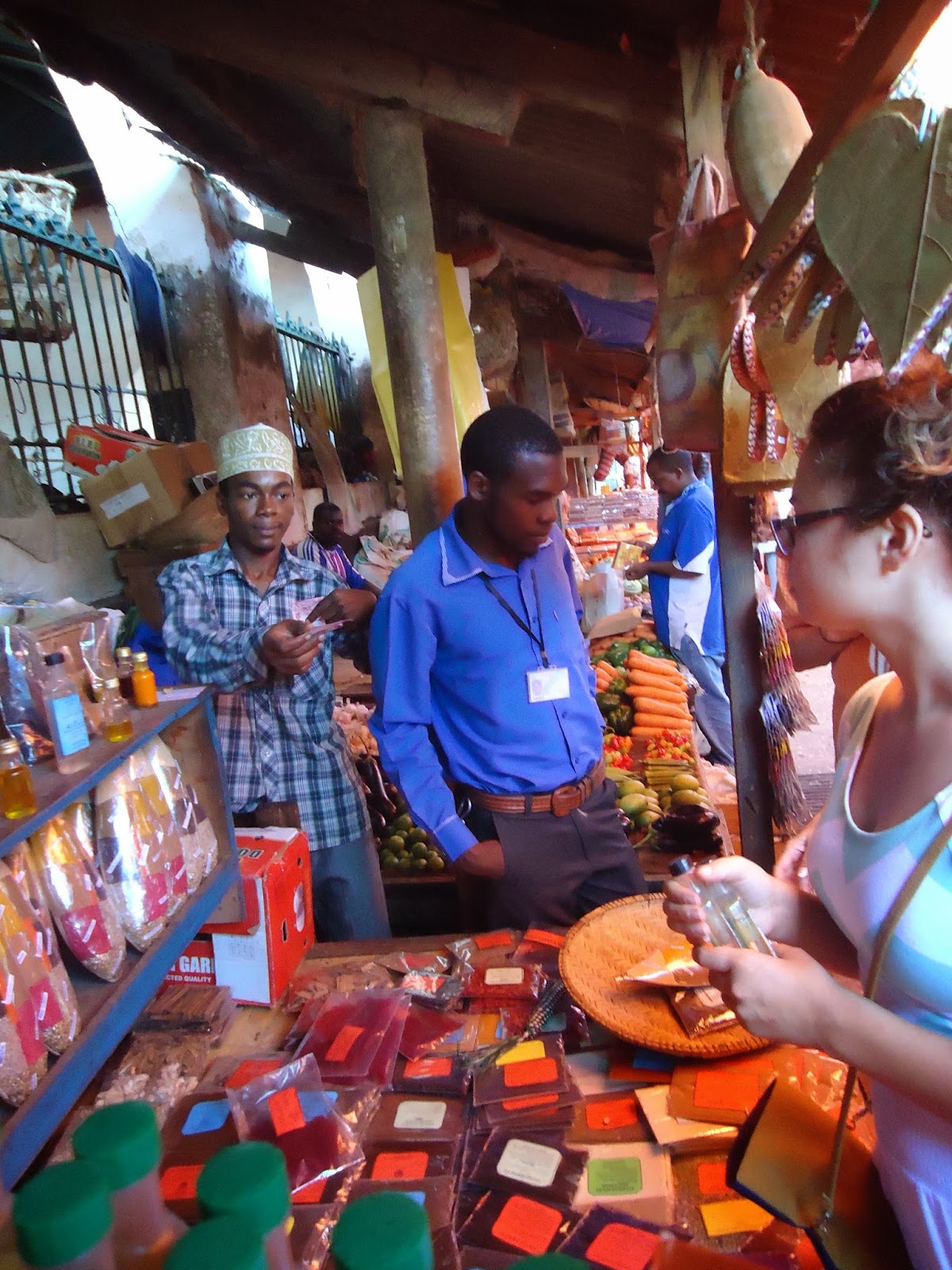Hey Friends, I’m thinking that
you’re thinking that I don’t have real classes. Contrary to popular belief I am
oh so busy attempting to expand my global perspective and understand this
drastically different society. I’ve been taking classes in Kiswahili, Human
Rights, History of Tanzania and Service Learning/NGO Development. Here’s an
in-class response I wrote – hopefully it gives you a little insight into our
academic discourse.
To what extent is the
human rights discourse helpful in promoting social justice in Tanzania? Please
explore this question, drawing on your reading, class discussions and your own
experience.
We've explored in our conversations how the introduction of the
Universal Declaration of Human Rights (1948) is not as black and white as
initially assumed. To a “young, intellectually - driven woman” with an
educational background and Western perspective, it is easy to believe that all
humans possess inalienable rights, that all humans deserve the same kind of
treatment. However, a new introduction to human rights dialogue has inspired me
to reevaluate this inherent truth. In this rediscovery of truth, I have come to
understand the complicated struggle faced in achieving social justice in
Tanzania. However, I believe that the human rights discourse serves to ease
this struggle in the promotion of social justice in Tanzania.
Before delving into this question, I find it important to introduce the
impact of universalism and culturalism in this dialogue. As the name suggests,
the Universal Declaration of Human Rights insinuated that the success of social
development was encapsulated in a standard success of all people having the
same needs. However, this fails to recognize the unique struggles of a
community and even the differentiated understandings of what the fulfillment of
these rights includes. For example, my Western mind causes me to believe that
all humans deserve opportunity for an education that develops their language
and comprehension skills, enables complex thought and ability to understand
math and science, a relevant understanding of their community and history, and
an assignment of skills necessary for creative thinking, problem solving and
learning. However, in a rural village in Southern Tanzania, this education may
seem irrelevant and inapplicable to the members of its community. Rather, this
community would be dependent upon an education that develops agriculture,
teaches basic living skills, and perhaps promotes understanding of medicine and
health. Neither form of education is "more right", because neither
the needs of my American life nor the needs of another's Tanzanian life are
"more right". We are simply living our truth.
And to live your truth in a culture that contradicts your own demands a
human rights discourse. My initial introduction of Tanzania came with a
conflict of "this is wrong" and "I am wrong to say this is
wrong". In our Human Rights class, I've slowly begun to realize that there
are times to respect a culture and times to set cultural relativism aside for
the sake of responsibility to yourself and your truth. Furthermore, there are
times when truth can align with empirical data, confirming that some
behavior is more representative of the human experience. Though there is not
always a right answer to how children are disciplined, the medical and physical
results of child abuse are proven in empirical terms, distinct from
personal opinion. Of course, empirical data does not always provide grounds
for action or "answering the call". At times, there is no answer.
However, the human rights discourse is essential to attaining social justice in
Tanzania as it helps to understand your own identity, organize thoughts, seek
out and recognize human connection, and ultimately use collaboration to
capitalize on your strengths and the strengths of the community as a whole
(Mcalpine, 2014; Habedank, 2012).
We began our Human Rights class by sharing stories. We delved deep into our
minds and experiences, deep into the moments that served as moral dilemmas and
moments of inner conflict. The recognition of these stories helped to organize
our thoughts and understandings of human rights. We pored over these stories,
coding, exploring and evaluating them, looking for connection and meaning. This
process of organization often left us exhausted, but implored us to seek out a
depth that included our histories and ideas but transcended in a more
complicated, extensive hierarchy. Ultimately, discourse helps to organize thoughts. By
recognizing your self in the scheme of greater, you subsequently recognize your
tool belt and your capacity for action and responsibility.
Additionally, the human rights discourse creates an opportunity for human
connection. It is through the sharing of stories that humans are reminded of
their shared humanity. These opportunities to connect and engage in empathy are
a channel for solidarity. At times, these shared stories hurt to hear, and
evoke our own set of emotion, emotion that strengthens the reality of the story
and its impact on our truth. It's the details that stick out and help us to
grasp the understanding of a setting and its relevance to the situation; these
details develop our understanding of the intricate human life. In a single
minute, a shared story can remove itself from a cultural context and expand
towards a universal experience of humanity. Because, though we may all
experience lives unique to our own culturally relative experience, there are
some moments that make us all feel the same.
But our
stories don't stop there. They give us inspiration and grounds to collaborate
and explore together. Once we've organized our own thoughts, we've said "I
see me". When we've heard the stories of others and reached across our
worlds for human connection and empathy, we've said "I see you."
Finally, when we've opened our space for collaboration, we say "I see
us". We've developed a uniting front, one that helps us to recognize the
context specific needs of a community and recognize the universal humanity in a
present situation. This human rights discourse is not only a necessary
foundation for social justice action in Tanzania, but also a necessary dialogue
to maintain in the progression of social justice action and activism.
In my
perspective, I believe that social justice is the action piece of human rights.
Social justice is the "answering the call", a call best answered
after engagement in human rights discourse. It is a response to the knowledge
you've acquired about human rights and a response to your understanding of self
within the dialogue. As much as it is an individual experience, it is dependent
upon social capital and community for sustainability. The discourse enables you
to recognize social justice as yourself, others, and your collaborative
relationship towards representing humanity and living a truth representative of
yourself and others. I believe the above process is necessary in human
rights and seeking social justice because one cannot separate their self from
either the discourse or the actions taken in social justice. Social justice is
not cold and inhuman. It is neither calculated nor empirical. It is
context-specific and is animated by its human proponents. The human rights
discourse is an attempt to make meaning of our shared humanity and social
justice is a desire to act on this humanity, a story relevant to both a
Tanzanian and universal perspective.
Habedank , M. ( 2012
) How Chronic Stress from Childhood Maltreatment Affects Brain Development, Emotional Regulation and Cognitive Functioning ,
Arusha : Caucus for Children’s Rights .
McAlpine, K (2014) Doing the right thing to protect children. PhD
Dissertation: Fielding Graduate University.



























